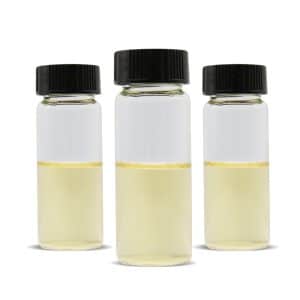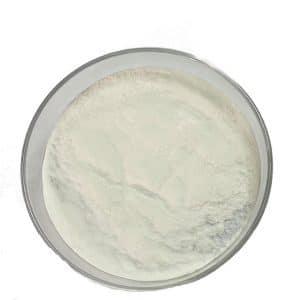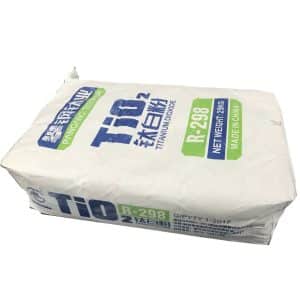Description
The Ubiquitous Polymer: Understanding Standard Poly vinyl Chloride (PVC)
From the pipes that carry water to the flexible films that wrap our food, Polyvinyl Chloride (PVC) is a material we encounter daily. But what exactly is this seemingly omnipresent polymer, and why is it so widely used? This article will explore the properties and applications of standard PVC, shedding light on its versatility and some of the discussions surrounding its use.
What is Standard PVC?
At its core, PVC is a thermoplastic polymer made by polymerizing vinyl chloride monomers. The “standard” designation typically refers to rigid PVC, also known as uPVC (unplasticized PVC). This type of PVC is known for its hardness, strength, and resistance to various chemicals. Unlike flexible PVC, which contains plasticizers to make it pliable, standard PVC maintains a more rigid, solid state.
Key Properties of Standard PVC:
Several key properties contribute to PVC’s widespread adoption:
Strength and Durability: Standard PVC is remarkably strong and resistant to impact, making it suitable for demanding applications like construction.
Chemical Resistance: It resists degradation from many acids, bases, and solvents, making it ideal for pipes and containers.
Low Cost: Compared to many other materials, Standard Polyvinyl Chloride is relatively inexpensive to produce, which contributes to its economic appeal.
Water Resistance: It doesn’t absorb water, making it ideal for plumbing applications and outdoor use.
Electrical Insulation: It’s a good insulator, making it useful in electrical wiring and cable insulation.
Fire Retardant: PVC is inherently flame-retardant and does not typically sustain a fire.
Common Applications of Standard PVC:
The combination of these properties makes standard PVC suitable for a vast array of applications:
Construction: This is one of the most significant sectors. You’ll find PVC in:
Pipes and Fittings: For water supply, drainage, and sewage systems.
Window and Door Frames: Offering durability, weather resistance, and low maintenance.
Siding and Cladding: Providing weather protection and aesthetic appeal.
Infrastructure:
Cable and Wire Insulation: Protecting electrical wiring and ensuring safe transmission.
Conduit: Encasing electrical wiring for protection and organization.
Manufacturing:
Containers: For chemicals, cleaning products, and other liquids.
Profiles and Extrusions: Creating various shapes for building and industrial applications.
Medical:
Medical Tubing: In non-critical applications, due to its chemical inertness.
Considerations and Concerns:
While PVC offers numerous benefits, it’s important to acknowledge the concerns surrounding its use:
Environmental Impact: The manufacturing process of Standard Poly vinyl Chloridecan involve the release of harmful chemicals. Additionally, its disposal can be problematic, as it doesn’t readily biodegrade. Recycling efforts are crucial to mitigate this impact.
Additives: While Standard Polyvinyl Chlorideis rigid, some formulations include additives like stabilizers and fillers. These additives can sometimes raise concerns regarding their potential leaching and their effects on human health and the environment.
Alternative Materials: The search for sustainable alternatives to PVC is ongoing, with materials like bio-based polymers gaining traction in specific applications.
The Future of Standard PVC:
Despite the concerns, standard PVC remains a crucial material in many industries. Ongoing research focuses on:
Developing more sustainable production methods to reduce the environmental impact.
Improving recycling technologies to reduce landfill waste and promote a circular economy.
Exploring alternative additives that are less harmful to humans and the environment.
Conclusion:
Standard Poly vinyl Chloride is a remarkably versatile and cost-effective material that has shaped numerous industries. Its strength, durability, and chemical resistance make it indispensable for a wide range of applications, from construction to healthcare. However, it’s essential to acknowledge the environmental and health concerns associated with its use and promote more sustainable practices. By focusing on responsible production, effective recycling, and innovative material development, we can ensure that PVC continues to serve our needs while mitigating its potential negative impacts.







Reviews
There are no reviews yet.